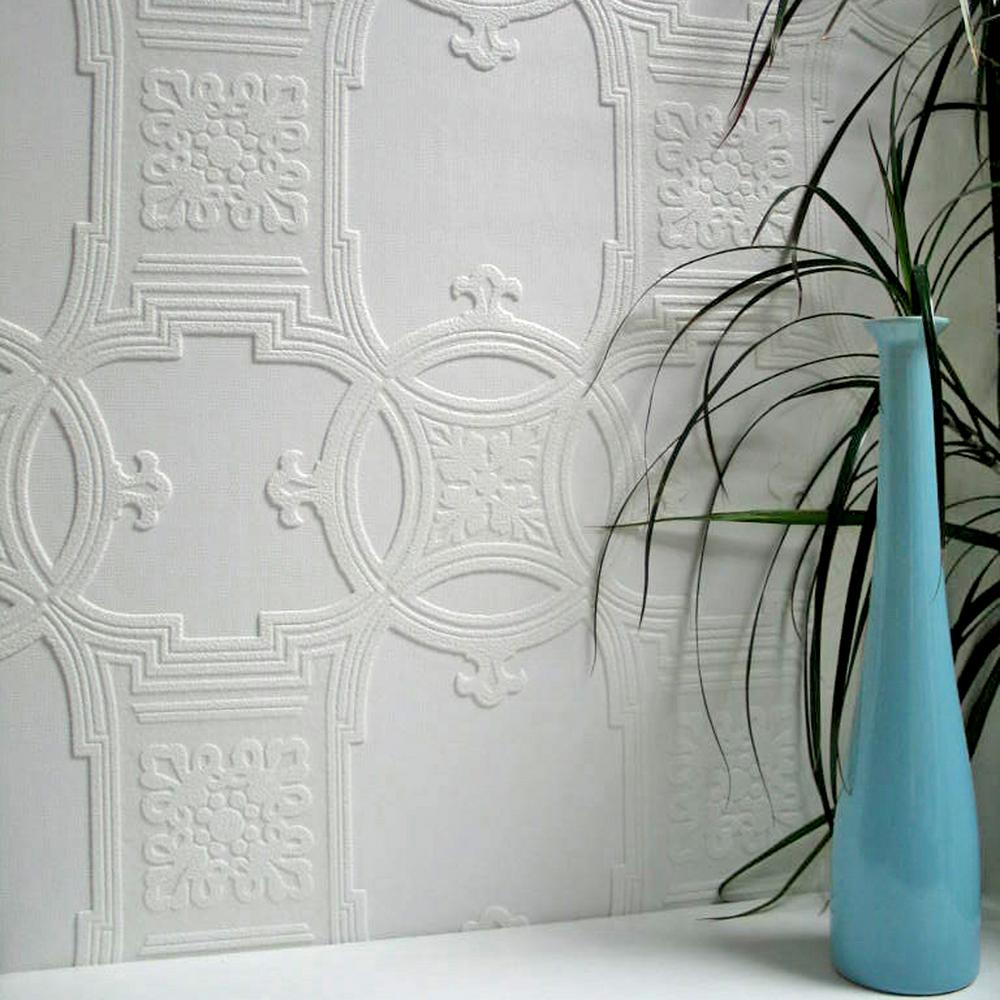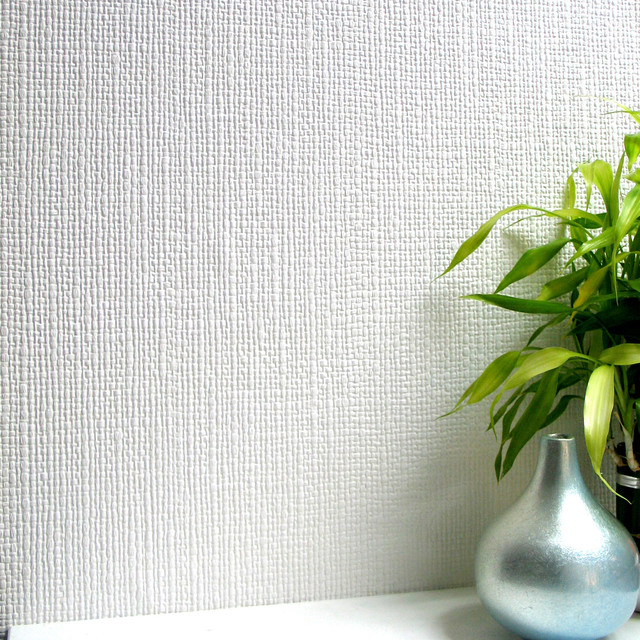
The beauty of an embossed wallpaper like Anaglypta is that it can either be left as white, have an overall solid colour painted over it or a faux finish applied to resemble tin or any other aged surface.
#ANAGLYPTA WALL COVERING HOW TO#
How To Paint A Faux Finish On Anaglypta Wallpaper There are some inspiring ideas featured on the video for both contemporary and traditional designs. Covers minor cracks and bumps.īelow is an Anaglypta Wallpaper video showing the different types of Anaglypta wallcoverings and how they can be used. It is easy to hang as you can paste the wall or the paper.
#ANAGLYPTA WALL COVERING FREE#
Kittiwake is a maintenance free wallcovering that offers a harder, more knock and tear resistant surface than other wallcoverings. This wallcovering is white and is designed to be painted a colour of your choice. Zircon is a luxury textured blown vinyl wallcovering giving a plaster effect. Again they are all available to buy from WallpaperDirect. Some examples of the more modern designs are below. Not all Anaglypta’s are in traditional or classic designs so if you have a ceiling that is worse for wear and want something a little more modern then Anaglypta can still be used. There is an Anaglypta wallpaper to suit any interior space.Ĭontemporary Anaglypta Designs For Todays Modern Houses Pressed metal ceilings are still very popular in Australia especially where we still have heritage architecture. Most of the Anaglypta designs are along the lines of the more traditional look and can give the look of a pressed tin ceiling instantly without the huge cost. Using Anaglypta Wallpaper As An Alternative To Pressed Metal Ceilings It can be bought online from WallpaperDirect, click here for a direct link to buy at $37 per roll. It will look even better once we get round to painting it! The above wallpaper is from the Anaglypta brand and is called Cottage Garden. While the pattern is quite detailed when you look closely, once the room is decorated and you have other things to look at at eye level, any pattern on the ceiling becomes much more subtle. Here’s what we were faced with … a fairly extreme example of what Anaglypta is capable of covering!Īnd here is the result … new fan, a lampshade and a whole new ceiling!

For even more embossed or Anaglypta wallpaper designs please visit our Anaglypta – Textured Wallpaper page where we also show how others have used it.īelow we show how we installed Anaglypta wallpaper on a ceiling for a client in Brisbane. Of course it’s not only for ceilings but also used for walls. It is a wonderful choice for covering up a multitude of sins without all the hard work. We are amazed that this versatile wallpaper is not more widely used here in Australia.

Once Anaglypta is installed it can either be left in it’s natural white colour or painted. The results are always amazing and completely transform ugly ceilings into a fresh clean looking ceiling. We have used Anaglypta wallpaper or paintable wallpaper to cover an ugly ceiling a few times now. After a period of stability Relief Decorations was sold to Reed International in the 1960s and with considerable investment the first duplex product made entirely of wood pulp was launched this is now marketed as Anaglypta Original.Ĭurrently, The Anaglypta brand is manufactured by Retford Wallcoverings Limited.Anaglypta Wallpaper On Ceilings – The Perfect Coverup To Hide Ugly Ceilings Ap Merger Īnaglypta and Lincrusta came together again in 1931 when they were merged to form the Relief Decorations branch of Wallpaper Manufacturers (WPM) and manufactured in Darwen, Lancashire. The partnership was ordered to be dissolved in 1893 by the courts, following a dispute concerning profit sharing. There he began production of Anaglypta in partnership with Storey Bros. Seeing this as a threat to Lincrusta, Walton decided not to develop it Palmer patented the product, parted from Walton, and moved to Lancaster. This was to become Anaglypta, from the Greek words ᾰ̓νᾰ- ( ana-, 'raised') and γλυπτά ( glypta, 'cameo'). Because of this, an employee called Thomas John Palmer invented a similar product which, being made from wood pulp and cotton, was lighter and more flexible. Originally made on a linen backing it was, however, quite rigid.


It became an instant success because it was the first washable wallcovering and appealed to the Victorians because of its sanitary properties as well as its durability and ornate effects. The development of Anaglypta can be traced back to the invention of Lincrusta in 1877 by Frederick Walton. Lincrusta is considered to be a heavier version but more durable than Anaglypta. Anaglypta is often compared to Lincrusta which is made from gelled paste of linseed oil and wood flour. It is produced on traditional paper and paste-the-wall substrates. ( August 2012)Īnaglypta is a range of paintable textured wallcoverings made from paper or vinyl. This article may need to be rewritten to comply with Wikipedia's quality standards.


 0 kommentar(er)
0 kommentar(er)
